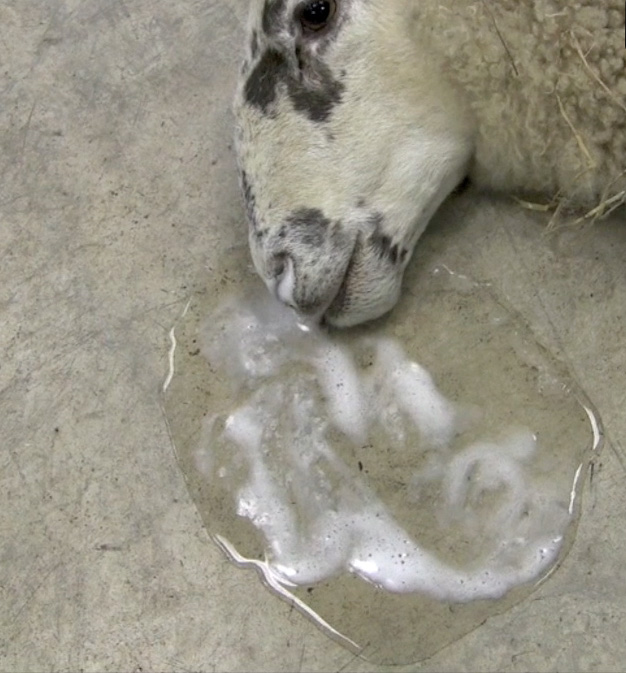Iceberg Diseases Part 1 - Ovine Pulmonary Adenocarcinoma (OPA)
The issue of OPA was discussed at the recent BWMSBA AGM. Member and Veterinary Surgeon, Rhian Rochford MRCVS, provides a brief overview of this disease, what to look for and what to do if you think you might have affected animals.
Ovine Pulmonary Adenocarcinoma (OPA)
Overview
Ovine Pulmonary Adenocarcinoma (OPA), also known as Jaagsiekte, is a contagious, chronic, and ultimately fatal lung cancer that affects sheep and, more rarely, goats that was first discovered in 1888.
OPA has a worldwide distribution, though prevalence varies by region and management practices. It is endemic in some parts of the UK, South America, and Africa. The disease is of particular concern in pedigree and high-value flocks due to its hidden spread and impact on productivity. Even though it is common in the UK the disease is grossly under-reported because few sheep deaths are investigated due to cost.
This disease is caused by a virus and it is very unusual in that it directly causes cancer in the lungs. The virus is shed in respiratory secretions, especially during the later stages of disease. Transmission occurs mainly through the inhalation of aerosolized viral particles, making close contact between animals—such as in housed or densely stocked environments—a major risk factor. Vertical transmission (from ewe to lamb) is also suspected, either transplacentally or via colostrum/milk.
Clinical Signs
OPA has an incubation period ranging from several months to years, making it a stealthy and difficult disease to control. The classic clinical signs include:
- Progressive weight loss despite a normal appetite
- Increasing respiratory effort and coughing, particularly after exercise
- Nasal discharge, often clear and frothy
Diagnosis
Diagnosis is difficult with no reliable blood test available. Infected sheep do not make a detectable antibody response to the virus and so serological tests are not possible. PCR blood tests have proved too insensitive, throwing up high numbers of false negatives, so missing infected sheep.
A hallmark diagnostic sign used to be the “wheelbarrow test”, in which the hindquarters of the sheep are lifted: a clear, frothy fluid typically flows from the nostrils due to excessive lung secretions. However, this is now not recommended as you can drown the animal by performing this technique and some infected animals do not produce this fluid, even at end stages.
Ultrasonography of the lung field can differentiate between chronic lung lesions and OPA lesions from 2cm. However, this has also been proven to be unreliable. In a study of 3768 adult sheep in four different flocks that were screened for OPA 73 sheep with suspected OPA were culled and a post mortem performed. 21 of these sheep (29% of the culled sheep) were false positives, so were culled when they did not actually have the disease.
This highlights that post mortem is the only reliable diagnostic tool we currently have, revealing typical tumors and confirming with histopathology.
Control and Prevention
There is no treatment or vaccine currently available for OPA. Control relies heavily on:
- Early identification and culling of affected animals (any thin, coughing sheep)
- Maintaining a closed flock by breeding your own replacements or sourcing replacements from accredited OPA-free flocks
- Improved ventilation and biosecurity to reduce viral spread
Maintaining sheep in single age groups and not housing with different groups. - Double-ring fencing around the farm perimeter (similar to TB in cattle)
Use of diagnostic tools like ultrasound for screening high-risk animals - Selective breeding for resistance is a potential future strategy, but more research is needed.
To conclude, OPA is a significant health concern in sheep farming due to its insidious nature, lack of effective treatment, and economic burden.
Rhian Rochford, MRCVS.

